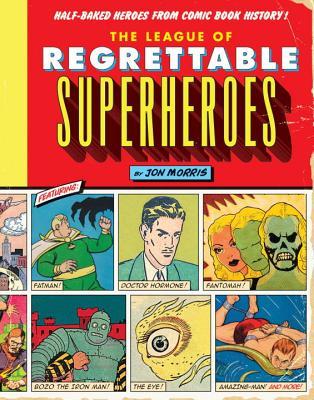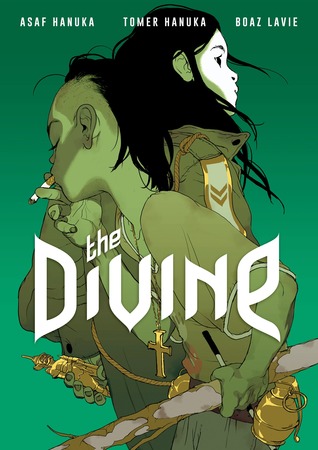As we wind down the last couple of weeks before Austen in August starts [join in here], I have a number of reviews planned and some fun, non-Austeny guest posts planned -- so those of you who are not Janeites'd better soak it in while you can, because soon, it's going to be wall-to-wall Jane. ^_^
To that end, Shari Becker, author of The Stellow Project, joins us today to talk about those notorious instruments of glorious torture: the cliffhanger.
Check it out below, and let us know your thoughts in the comments!
A cliffhanger is a literary device that has been used for almost as long as people have been telling stories. The very first known cliffhanger, "One Thousand and One Nights," a.k.a. “Arabian Nights,” traces back to the Ninth Century and is a collection of stories told by a young queen who postpones her execution by telling her husband a cliffhanger story every single night.
Some readers find cliffhanger (CH) endings annoying or frustrating — after all the time they’ve invested in reading the least the author could do is tell them how it ends, right? But I think CHs have a purpose. They keep us engaged, they keep us curious, and they keep us reading.
What CH haters don’t realize is that all stories use CHs - even if it’s just to get you to read the next chapter. How many times have you read something like this?
She walked to the door and took a deep breath, put her hand on the doorknob and walked in.
(End Chapter.)
That’s a CH! It’s a little CH, but it’s still a CH.
Many of today’s popular YA books (especially series) have CH endings in one or more installments: The Golden Compass, Hunger Games, Divergent, Cinder, Delirium, The Iron King, and even Harry Potter all have endings that leave you wondering: what happens next?
The Giver (SPOILER ALERT) left me pacing for days, wondering whether or not Jonas died in the snow or found a new home. Lois Lowry deliberately left this question open, and The Giver went on to find its place in many school classrooms, where kids could ask themselves that same question and debate the answer. Lowry didn’t write a sequel for six years, which suggests to me that when she first wrote it, it was supposed to stand on its own. Lowry wanted readers to finish the book wondering.
CHs are also used to keep readers reading sequels and trilogies. Laini Taylor’s Daughter of Smoke and Bone is a great CH example that closes one story and opens another. (SPOILER ALERT) The main character, Karou, comes to understand who … or what … she really is, offering the reader some closure. But then, she decides to take off, leaving behind her love. As a reader, we know (and hope) there’s more to come.
In Uglies (SPOILER ALERT), Tally spends the entire book trying to avoid the very fate she knowingly walks into - by choice - in the end. The ending is totally ironic, and the reader is left shocked, mouth open. You just can’t wait to read more.
This is not to say that all books need to have CH endings. A lot of novels wrap up with a concrete ending that feels perfectly fulfilling. I love those books, too.
And not all CHs make me want to read more either. I’ve read plenty of first books in a series where I know that there’s more, but I don’t really care what happens next. I attribute that more to the writing, or a bad content match, than to the CH itself.
When a well-written book grabs my interest and leaves me with a dangling carrot, I can’t stop myself from diving in again. Although she’s more or less ended one segment of a story, it’s like the author has given me a gift by promising that there is more to come. I’ve been known to obsess about CHs for months. I’ll ask friends, “What do you think?” And then I’ll debate them ’til I am red in the face if I think their theories are wrong. A great CH ending reminds me why I love to read; it opens my mind and my imagination, and gets me thinking. And isn’t that the point?
ABOUT THE BOOK:
The Stellow Project By Shari Becker
Get It | Add It
305 pages
Published
June 23rd 2015
by Skyscape
When a killer storm unexpectedly hits Manhattan, seventeen-year-old Lilah Stellow’s dad insists that she and her younger sister, Flori, take refuge at their cabin in the mountains. But instead of joining them with the experimental drug that keeps Lilah alive, he disappears just as news reports name him as a prime suspect in an act of ecoterrorism.
As days pass without her medicine, Lilah finds herself teetering on the edge, caring for her sister, and growing increasingly certain they’re being watched. In her search for answers, Lilah is thrown into the center of a mystery involving an off-the-grid research facility and finds herself drawn in by Daniel, an intriguing boy who is the son of the lead scientist. As she dares to seek answers, Lilah slowly realizes that even the best intentions can go horribly wrong.
As days pass without her medicine, Lilah finds herself teetering on the edge, caring for her sister, and growing increasingly certain they’re being watched. In her search for answers, Lilah is thrown into the center of a mystery involving an off-the-grid research facility and finds herself drawn in by Daniel, an intriguing boy who is the son of the lead scientist. As she dares to seek answers, Lilah slowly realizes that even the best intentions can go horribly wrong.
ABOUT THE AUTHOR:
Shari Becker was born in Montreal, Quebec, and was raised speaking both English and French. As a child, she spent her summers in the Adirondack Mountains catching fireflies, minnows, and toads. She has an MA from New York University and has worked for Nickelodeon, for Disney-owned companies, and even for an Emmy Award–winning puppeteer. She is the author of two picture books, including Maxwell’s Mountain, a Junior Library Guild Selection and Charlotte Zolotow Honor Book. She now lives in Brookline, Massachusetts, with her husband, their two daughters, and their dog. She loves lakes, but despises the bridges that run over them.












